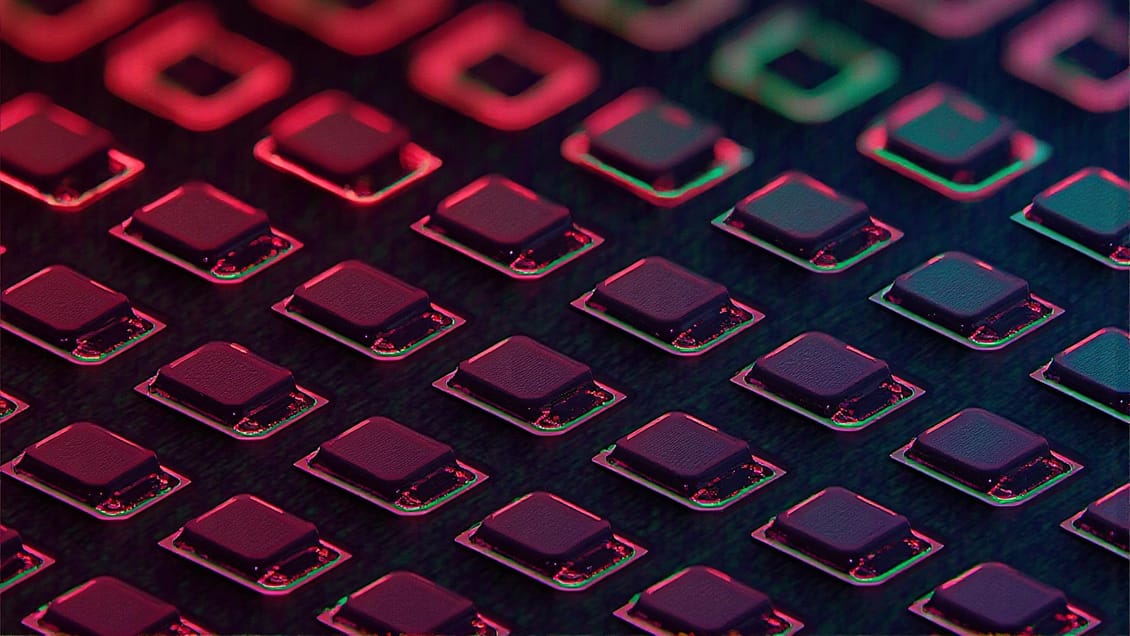Dual voltage LED technology, where red LEDs use one voltage and blue and green LEDs use another, is a practical approach to optimizing the performance and efficiency of direct view LED screens. By catering to the specific forward voltage requirements of different colored LEDs, this technology ensures efficient power usage, maintains brightness and color balance, and extends the overall lifespan of the LEDs. This makes dual voltage technology especially valuable for applications requiring high brightness and color accuracy, such as digital signage, outdoor displays, and large-format video walls.
Dual voltage LED technology is based on the different electrical properties and forward voltage requirements of the individual LED colors. This approach optimizes the performance and efficiency of the display by catering to the unique characteristics of each color. Here's how it works and why it's used:
Understanding LED Forward Voltage Requirements
- Forward Voltage: LEDs require a certain voltage to operate, known as the forward voltage. This is the voltage at which the LED begins to emit light. Different colors of LEDs have different forward voltage requirements due to the materials used to produce the specific wavelengths of light:
- Red LEDs: Typically have a lower forward voltage, around 1.8 to 2.2 volts. This is because red LEDs are often made from materials like gallium arsenide (GaAs) or aluminum gallium arsenide (AlGaAs), which require less energy to excite electrons to emit red light.
- Green and Blue LEDs: These generally have higher forward voltage requirements, typically in the range of 3.0 to 3.6 volts. Blue and green LEDs are usually made from materials like gallium nitride (GaN) or indium gallium nitride (InGaN), which require more energy to produce light at these wavelengths.
Dual Voltage Implementation in Direct View LED Screens
- Separate Voltage Supply for Different Colors: In dual voltage LED technology, the power supply and driver circuitry are designed to provide different voltage levels tailored to the specific needs of red, green, and blue LEDs:
- Red LEDs: Operate at a lower voltage (e.g., around 2 volts). This reduces power consumption and minimizes heat generation, which is especially beneficial since red LEDs are more efficient and don’t need as much voltage to achieve high brightness.
- Green and Blue LEDs: Operate at a higher voltage (e.g., around 3.3 volts). This ensures that these LEDs receive sufficient power to produce bright light, given their higher forward voltage requirements.
- LED Driver Design: LED drivers must be capable of delivering different voltage levels to different LEDs in the same pixel:
- Current Regulation: LEDs are current-driven devices, meaning the amount of light output is proportional to the current flowing through them. LED drivers must regulate the current appropriately to ensure consistent brightness and color accuracy across the display.
- Efficiency: Using different voltage levels optimizes power consumption. Red LEDs operating at a lower voltage prevent wastage of energy, while green and blue LEDs at higher voltages ensure they are driven efficiently without under-powering them.
- Power Management: Efficient power management is critical in displays using dual voltage technology. Power supply units (PSUs) are designed to provide stable voltage outputs for both voltage levels. This may involve:
- Dual-rail Power Supplies: These power supplies can provide different voltage rails—one for red LEDs and another for blue and green LEDs. This configuration optimizes power usage and reduces thermal load.
- DC-DC Converters: In some designs, a single power source might be used with DC-DC converters to step up or down the voltage as needed for the different LED colors.
- Thermal Management: By using different voltages, dual voltage systems can reduce the thermal load on red LEDs, which would otherwise run cooler and more efficiently at lower voltages. This helps balance the overall heat generation of the display:
- Heat Dissipation: Lower operating voltage for red LEDs reduces their heat output, contributing to better overall thermal management in the LED module.
- Cooling Solutions: Adequate cooling solutions are still necessary to manage the heat generated by green and blue LEDs, especially in high-brightness applications.
Advantages of Dual Voltage LED Technology
- Improved Power Efficiency: Using the appropriate voltage levels for different LEDs ensures that power is not wasted. This results in overall lower power consumption, which is crucial for large displays and those that operate continuously, such as digital billboards.
- Better Brightness and Color Balance: Dual voltage technology allows for more precise control over the brightness of each color channel. By matching the voltage to the LEDs’ requirements, it ensures that red, green, and blue LEDs achieve the desired brightness levels without overstressing any component. This helps maintain color accuracy and uniformity.
- Enhanced LED Lifespan: Operating LEDs at their optimal voltage reduces the thermal and electrical stress on the LEDs, prolonging their lifespan. Red LEDs, which are often more efficient, can last even longer when run at a lower voltage.
- Reduced Heat Generation: Lower voltage operation for red LEDs means less heat is generated, reducing the cooling requirements for the display. This can lead to less strain on cooling systems and lower operating temperatures, which can also extend the life of the LEDs and the display as a whole.
How Does Ad Art Use Dual Voltage LED Technology?
Dual Voltage LED technology is provided as an option with select indoor and outdoor LED models. These products offer the ultimate in power efficiency and price/performance value. On some of our LED product lines, like FS, dual voltage is a standard feature available at no extra cost on new factory orders. Dual Voltage LED panels and cabinets efficiently lower the energy consumption and heat of an LED screen, which extends the service life and lowers power consumption and cost.
